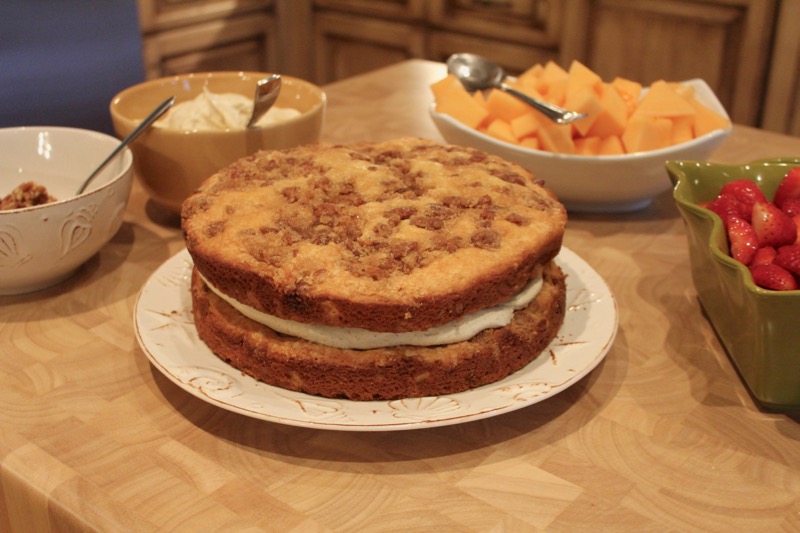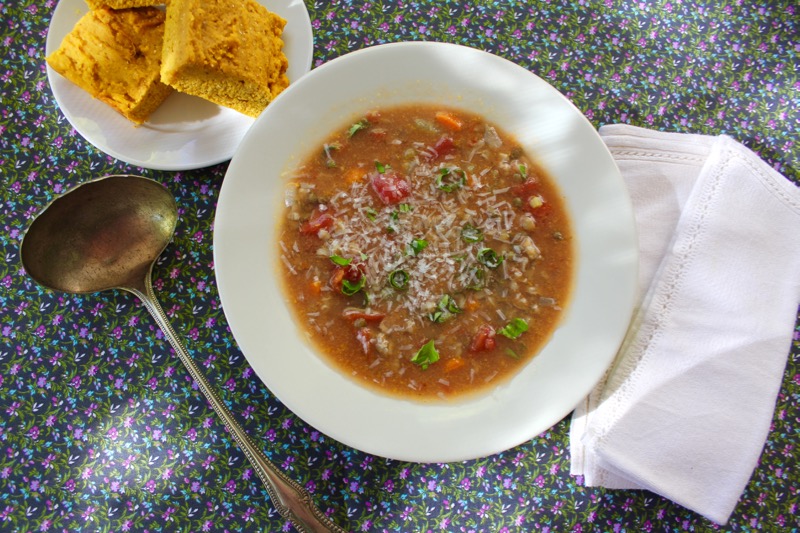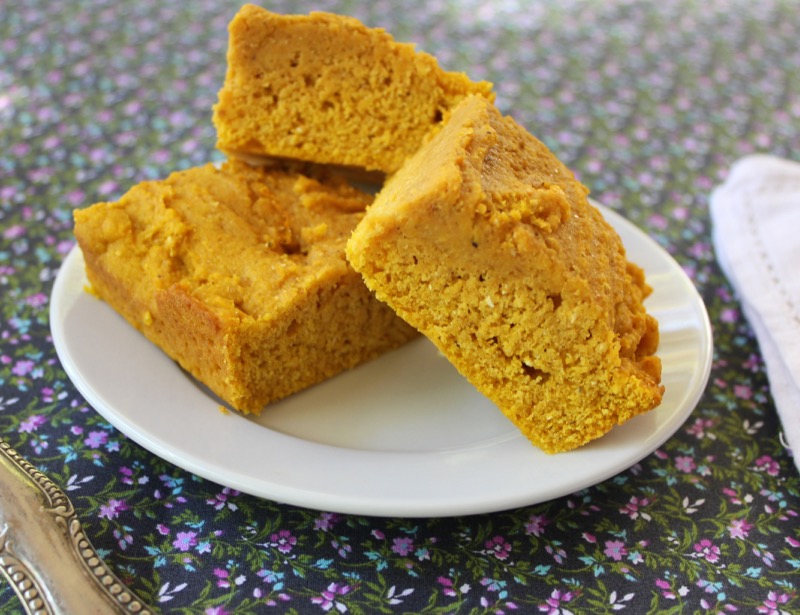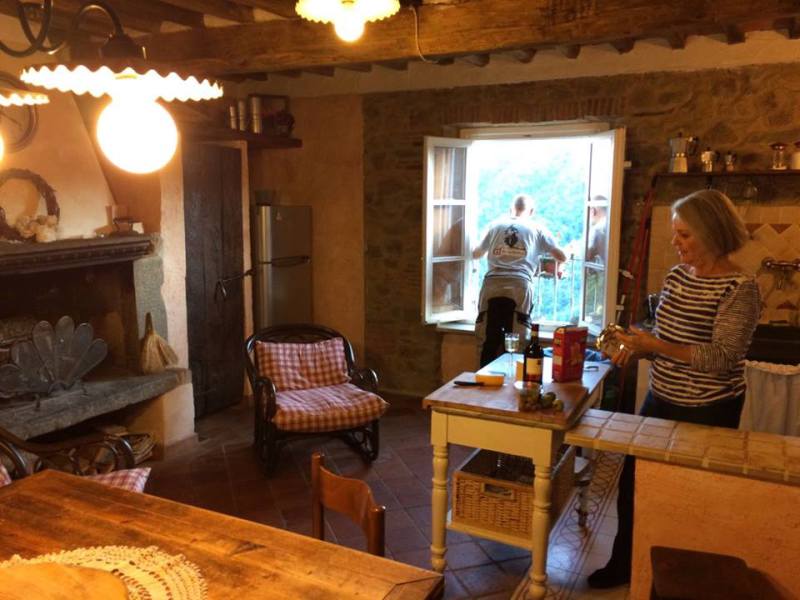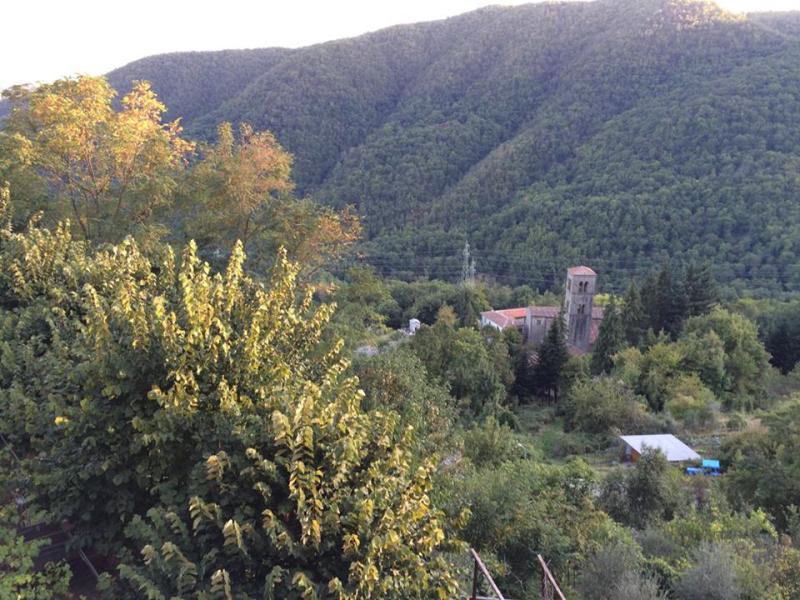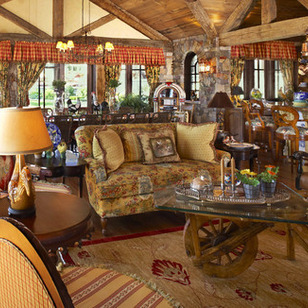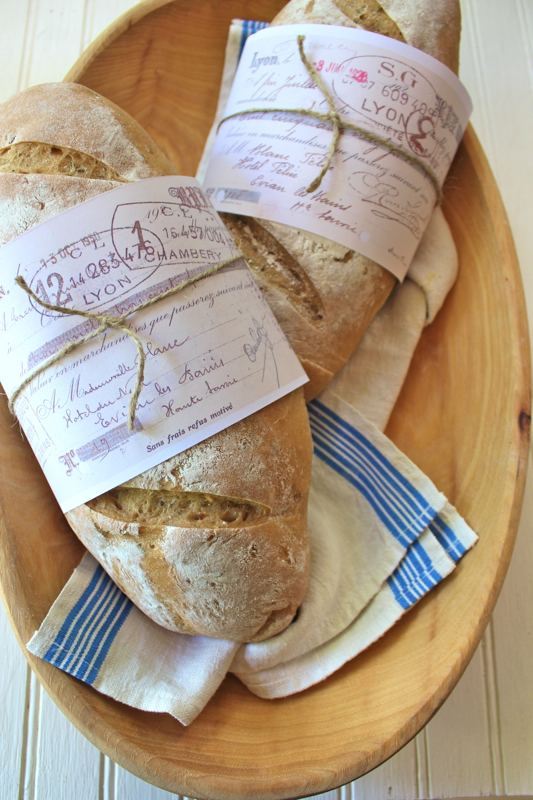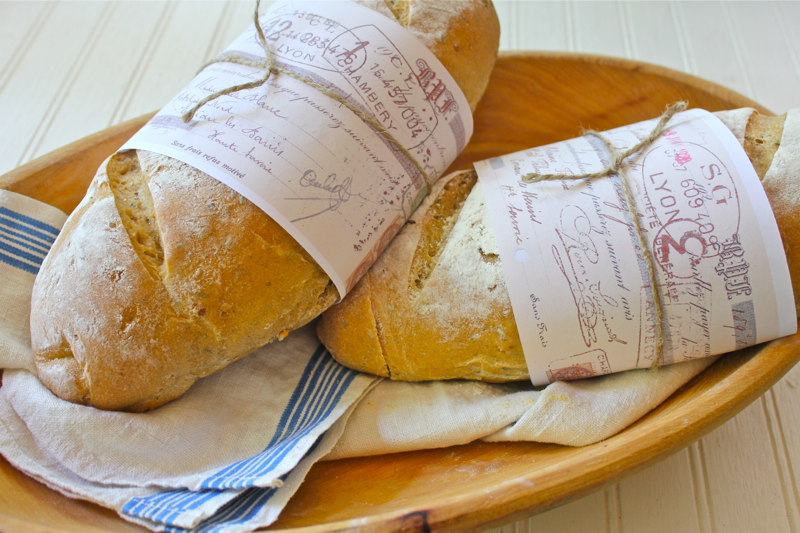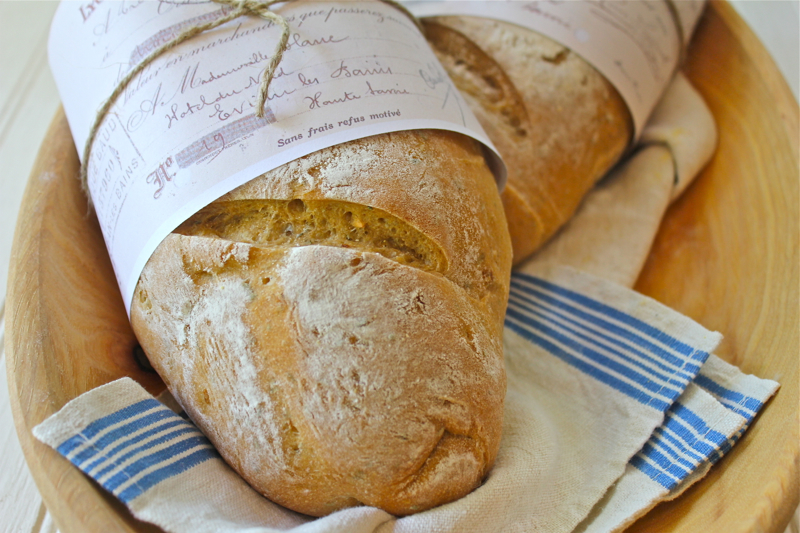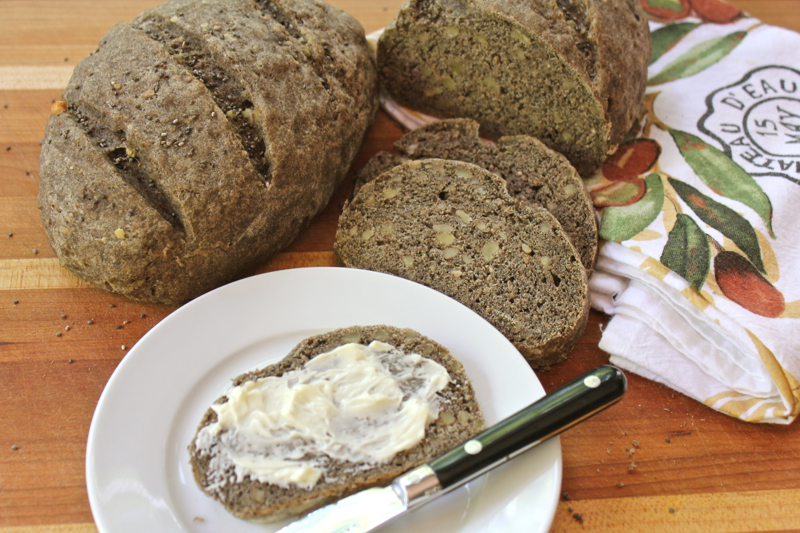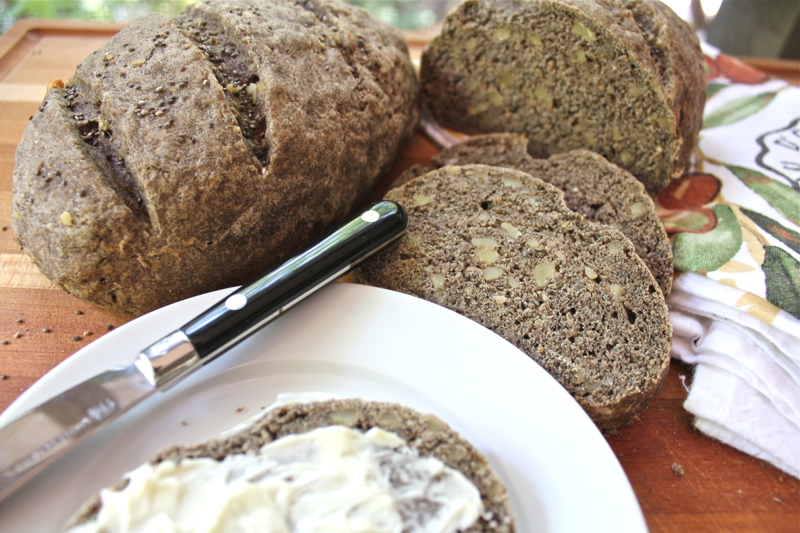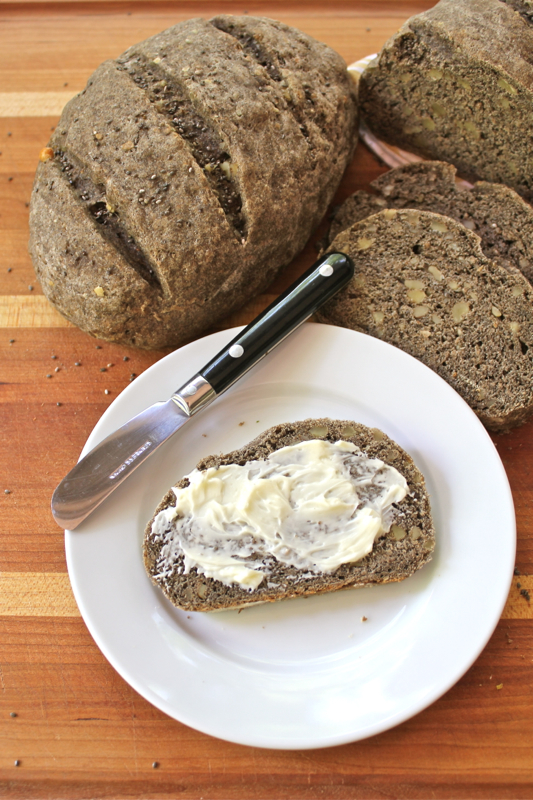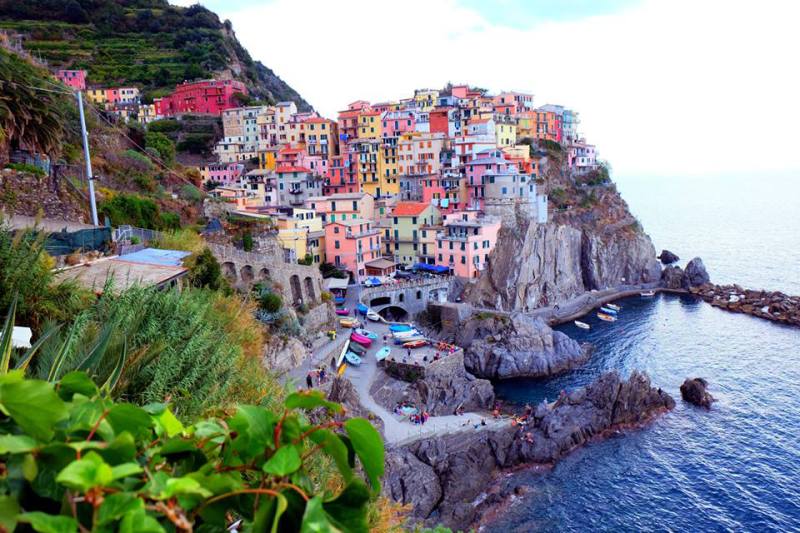
The Cinque Terre region of Italy is not usually on people’s top 10 list of places to visit. It is a string of five centuries old villages on the rugged coast of the Mediterranean Sea. The colorful houses and ancient terraced vineyards provide awe inspiring vistas. Fishing boats bob in the harbor. Historically, fishing was the livelihood of the residents of this region. The colorful houses originated because fishermen out in the water liked to look back and spot their own dwellings by their distinctive colors.
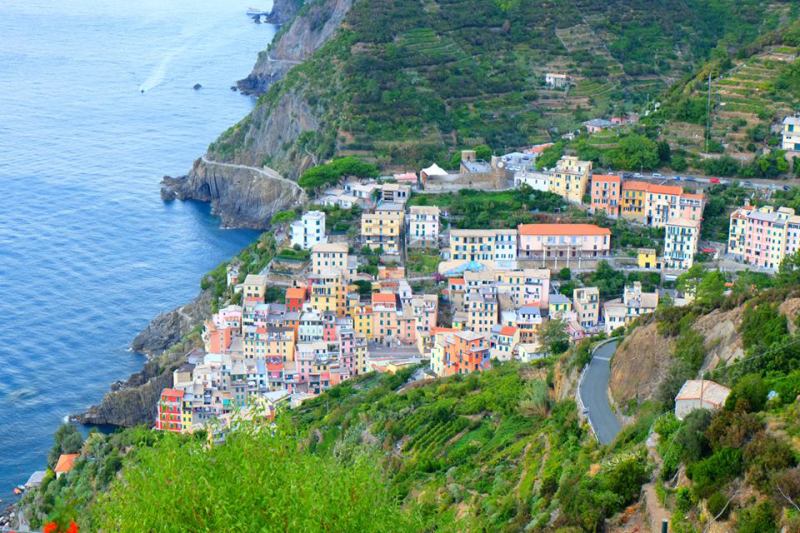
The roads into the villages are winding and scenic. This is a perfect drive on a motorcycle or in a convertible, although the roads do not always go directly into the villages. There are parking areas outside of each village. Walking trails bring you into the hub of towns. The whole area is connected to the country by way of railroads and a ferry system.
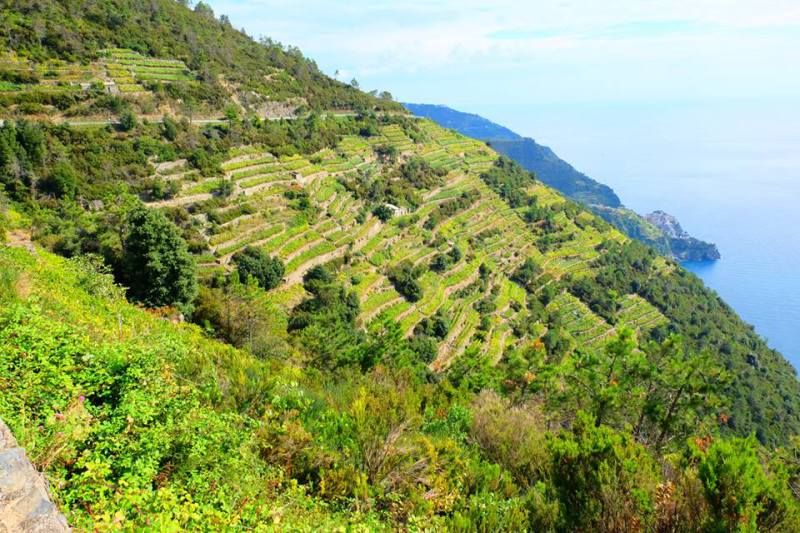
The local people have cultivated the terraced mountainous terrain for centuries. The main crops are grapes and olives. But the region is also the birthplace of pesto. Basil, which thrives in the temperate Ligurian climate is mixed with Parmigiano and/or Pecorino, garlic, olive oil and pine nuts to make the pungent and delicious emulsion. Served on spaghetti or bruschetta, it is popular the world over.

Tulin and I sat at a bistro overlooking the sea, perusing the limited menu. One of the best things on the menu was a tomato and basil topped large toasted bruschetta. Unfortunately I did not get a picture of it. It was delicious and I am attempting to duplicate it here.
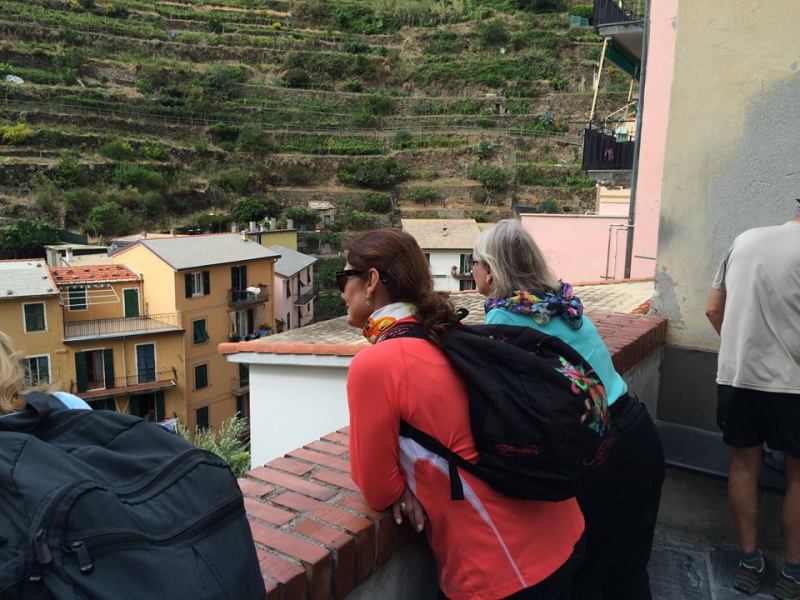
The views from the village of Manarola were breathtaking.
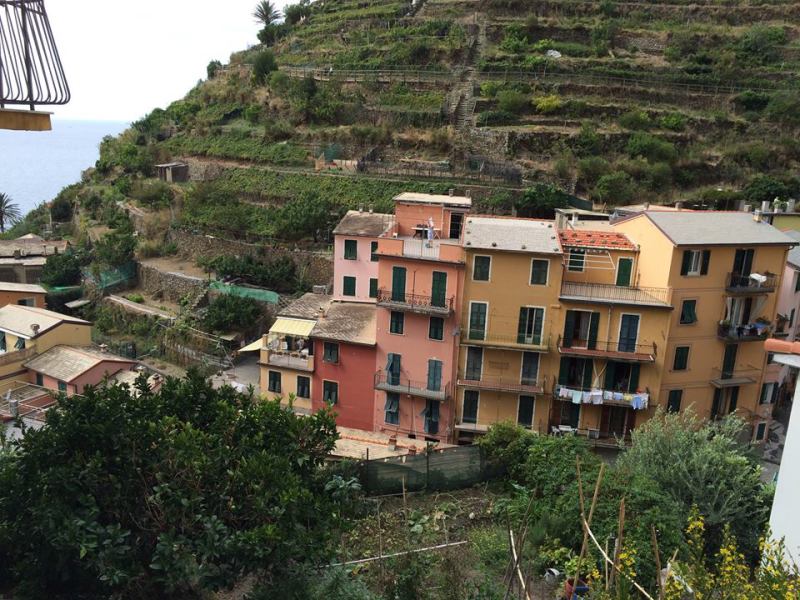
We were in Manarola on Monday. It was wash day. What was so charming about these small villages is the lack of pretension. Real people live here, going about their daily lives. It is so different from the posh French Riviera.
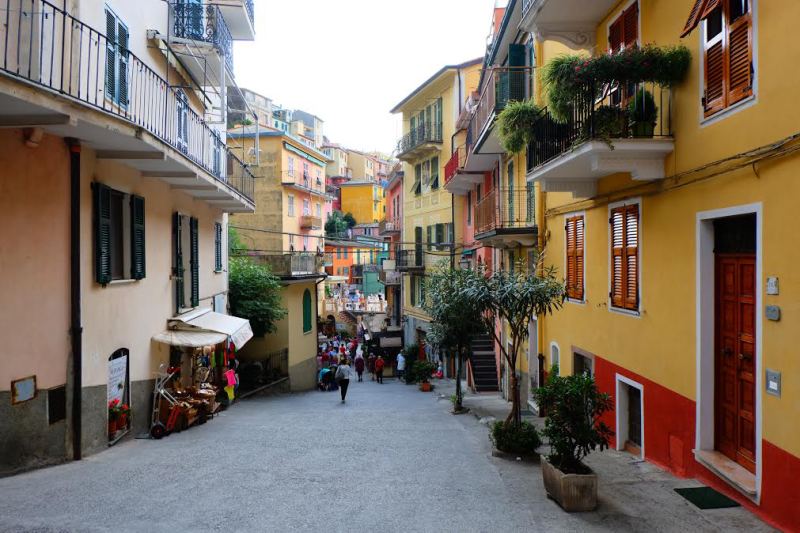
It is the time of year to harvest what is left of the basil plants here at home. My basil has become leggy and much too tall.

With thoughts of the lunch that I had in Manarola in the Cinque Terre, I made pesto and a bruschetta similar to what I had experienced there. It made a delicious lunch here at home.
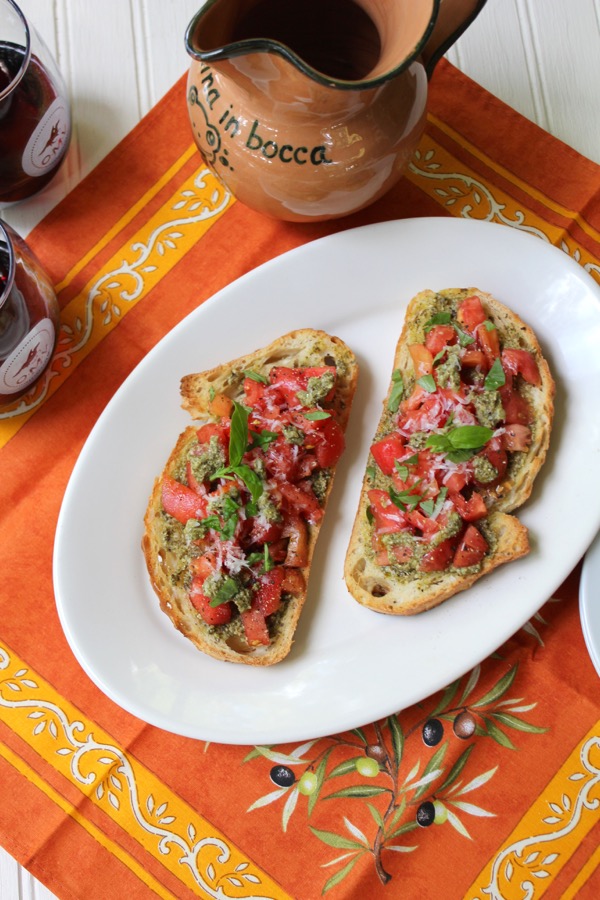
Here are some general recipes and instructions.
BASIL PESTO FROM LIGURIA (The Four Seasons of Pasta)
Makes 1 1/2 to 2 cups
2 packed cups whole, tender young basil leaves
1/4 cup pine nuts
1 teaspoon sea salt, plus more to taste
1/2 cup extra-virgin olive oil, or more to taste
1/2 cup freshly grated Parmigiano-Reggiano, plus more to taste
1/2 cup freshly grated Pecorino sardo or Pecorino toscano
2 plump garlic cloves, crushed and minced
Working delicately, rinse and thoroughly dry the basil leaves and set aside. In the bowl of the food processor, combine the rinsed and dried basil, the pine nuts, and salt. Pulse until the mixture is coarse and grainy. With the motor running, add the oil in a slow, steady stream. Add the parmigiano and pecorino, processing just enough to mix well. If the sauce is too dry, add a little more oil; if it’s too liquid, stir in a little more cheese and/or pine nuts. Finally, add the garlic and process briefly, just to mix. Taste and add more cheese or salt, if desired.
BRUSCHETTA WITH TOMATOES AND BASIL
Brush sliced Italian bread with olive oil. Bake until lightly browned. Smear the tops with basil pesto. Pile on diced tomatoes, more dollops of pesto, grated parmigiano-reggiano cheese and sliced fresh basil leaves.
Printable Recipe
Thanks to Laurent of Ride in Tours for several of the photos
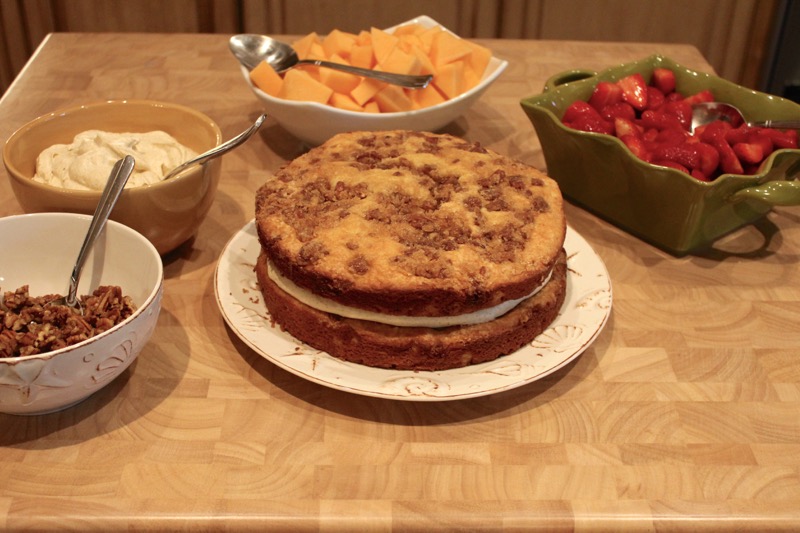
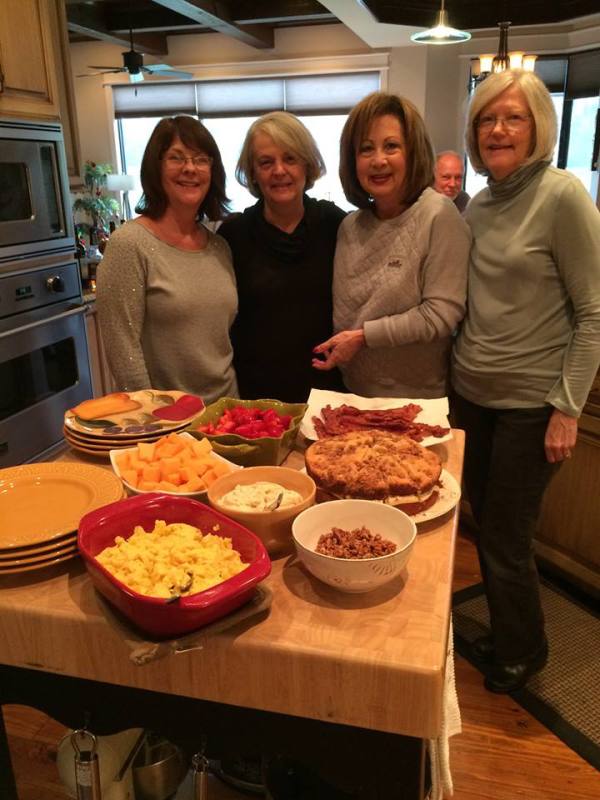 Barbara (third from left) is making Paula Dean’s Breakfast Casserole today. It is a decadent French Toast dish. It is one of our traditional recipes. We are looking forward to a day of eating and cooking. What a perfect way to start off the New Year.
Barbara (third from left) is making Paula Dean’s Breakfast Casserole today. It is a decadent French Toast dish. It is one of our traditional recipes. We are looking forward to a day of eating and cooking. What a perfect way to start off the New Year.